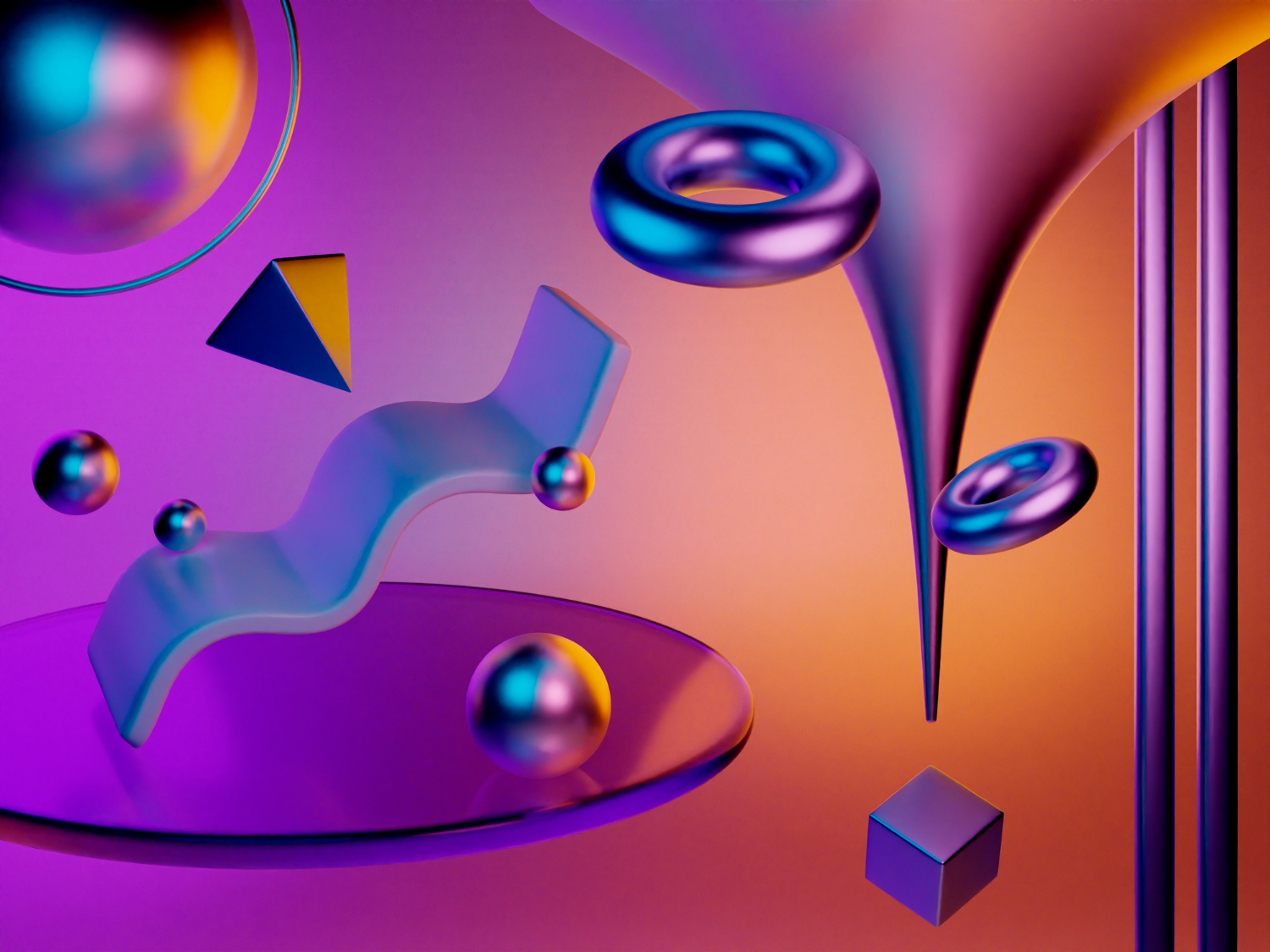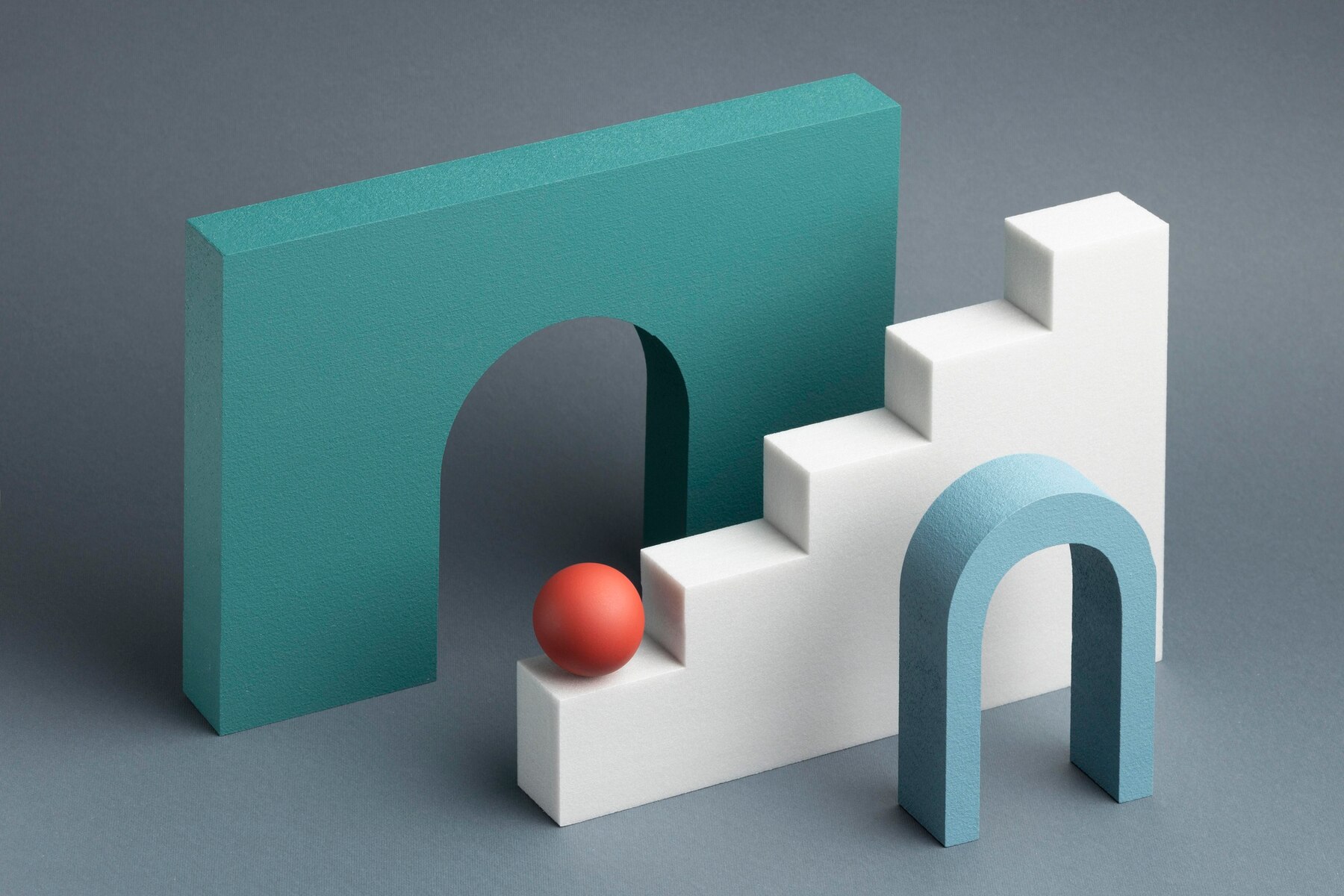Article

Smart design, smarter tools: Truenode’s AI-powered product design process
In 2023, the collaboration between AI and product design brought about a transformative shift in the industry. Various new AI tools have emerged, aiming to enhance the product design process. Although some tools have been in use for years, many have recently been upgraded with AI capabilities. These AI-powered tools streamline processes, automate tasks, analyze data at scale, and support more informed decision-making. Suffice it to say, AI plays a crucial role in boosting productivity throughout the product design process.
At Truenode, we prioritize user-centered design, validation, innovation, efficiency, and meaningful outcomes. Integrating AI seamlessly aligns with our product design approach, enhancing our workflow to create impactful products in the market.
Here’s how our team has been utilizing AI in our design process:
How we use AI in our product design process
1. Research and Discovery:
Research and discovery phase is foundational to the product design process, providing the necessary insights and understanding to create a product that not only meets user needs but also stands out in the market.
AI tools can assist in conducting data analysis, specifically gathering insights from existing products, market trends, and user behavior, enabling the identification of patterns and informing design decisions based on the analysis of large datasets. Tools such as QoQo.ai generates persona cards with user goals, needs, motivations, frustrations and tasks based on your input.
Before redesigning a website or app, a comprehensive UX audit is essential. This audit identifies usability and technical issues, evaluates the current design’s effectiveness in meeting business goals and user needs, and ensures consistency in design elements and navigation.
AI-based tools such as Hotjar, Optimal Workshops and UserTesting assist in automating data collection, analysis, and interpretation, enabling a more efficient and thorough UX audit while reducing time-consuming manual tasks.
2. Ideation:
AI enhances the ideation phase by providing inspiration, assisting in complex term explanation, automating documentation tasks, facilitating generative design, aiding in brainstorming, visualizing concepts, analyzing trends, and optimizing prompts. Integrating AI in ideation contributes to a more efficient and innovative product design process.
We utilised ChatGPT to find feature-specific inspiration, explain complex terms, and write design requirements. We employed generative design tools that use AI algorithms to create a variety of design options based on specified parameters. This can help in brainstorming and exploring a wide range of possibilities quickly.
It goes without saying that AI is also used to create optimal prompts for AI image generators such as Midjourney and DALL-E. Well-crafted prompts lead to more relevant and meaningful outputs, enhancing the quality of ideation.
3. Wireframing & Prototyping:
Creating aesthetically pleasing and effective designs involves seeking inspiration for elements such as typography, color theory, and layout from various sources. Depending on the scope of the project and resources available, this process could take large amounts of time. Utilizing AI tools such as ChatGPT helps accelerate this process.
In the context of wireframing a hotel booking app, we leveraged ChatGPT to find inspiration for visual elements. Specifically, we used the model to discover the most-used typefaces in similar existing products and identified the type of imagery that complements those typefaces. By tapping into ChatGPT’s knowledge and analysis capabilities, we gained insights that informed our decisions in selecting visual elements for the wireframes.
Another innovative approach to streamline the design process involves using tools like Relume IO. This tool is designed to generate sitemaps and wireframes based on a short description of an app or website. By providing a concise description, designers can quickly obtain visual representations of the information architecture and layout, saving time and serving as a valuable starting point for further refinement.
4. User Testing and Feedback:
Ambiguous or poorly constructed user testing questions may lead to confusion, potentially affecting the accuracy and reliability of the responses. ChatGPT generates engaging and contextually relevant questions for interviews, surveys, and user testing scenarios while Grammarly, an AI-based writing assistant, ensures grammatical correctness and comprehension.
User research platforms like Lookback incorporate AI-driven capabilities for analyzing user testing sessions. It allows designers and researchers to conduct live or recorded remote user testing sessions, providing insights into user behavior and feedback.
Collectively, these tools enhance communication, streamline content creation, and provide valuable insights into user interactions for continuous design improvement.
5. Testing and Quality Assurance:
Continuous testing shortens feedback loops, providing rapid insights into the quality and functionality of the product. AI accelerates testing processes by automating test case generation, execution, and analysis. This speedier feedback loop allows development teams to address issues promptly, reducing time-to-market.
For instance, Maze recently introduced an AI enhancement that helps designers to create tests, collect feedback and process the qualitative data. This allows designers to quickly iterate on their designs based on meaningful insights, leading to more user-friendly and refined products. The efficiency gained in these processes contributes to faster and more informed decision-making in the design workflow.
6. Collaboration:
Miro is an online collaborative whiteboard platform designed for visual collaboration and brainstorming. It has AI-driven features that can assist in organizing and structuring collaborative sessions.
Loom is a video messaging tool that allows users to create and share quick video recordings. Its AI-powered features allow for easy video titles to increase engagement, create time-stamped chapters for simple content navigation, and intelligently identify and assign action items to team members based on the content.
These AI tools empower collaborative design by offering real-time interaction, feedback, and innovative suggestions. By leveraging these platforms, teams can overcome geographical barriers, work seamlessly across different time zones, and collectively contribute to the design process, resulting in more dynamic and well-rounded design outcomes.
Conclusion
The potential of AI for product designers is vast and multifaceted. It can enhance the design process, improve user experience, and increase efficiency. By embracing AI’s capabilities, designers can create innovative and impactful products that shape the future.
However, it is important to remember that AI is a tool and not a substitute for human creativity and ingenuity. Their integration should be approached thoughtfully, aligning with the specific goals and requirements of the design project.
Let’s stay informed, explore, and unlock a whole new realm of potential for product design.






